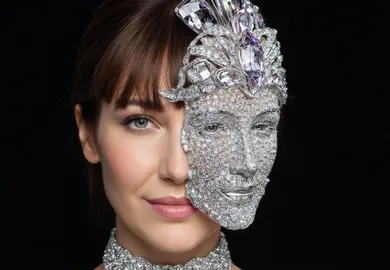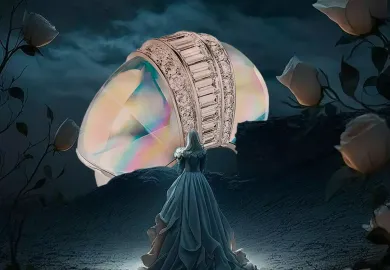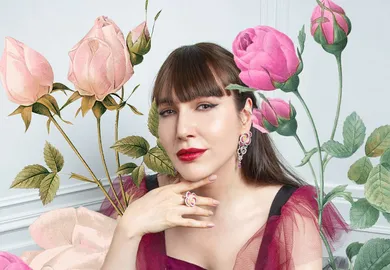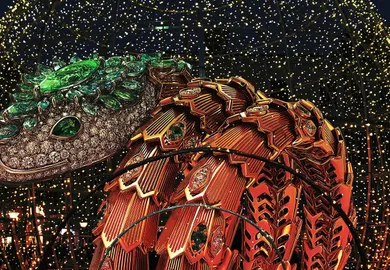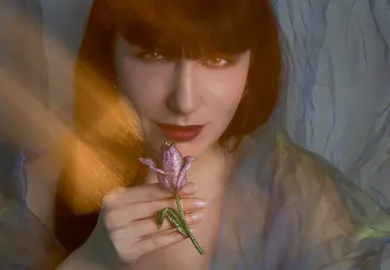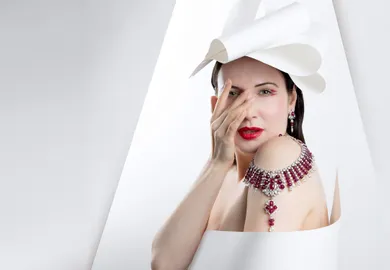

Painted Jewels: The Emotive Link Between Jewellery and Art
As with so many creative outlets, transforming paint into works of art or gemstones into fine jewellery is as much about telling a story as it is using raw materials in an interesting way. In a recent artistic collaboration, I partnered with illustrator, Celia Mastorchio Fabbri, to portray six positive emotions – love, happiness, surprise, excitement, serenity and playfulness – in a unique series of digital collages.
To showcase jewellery in fresh and unusual ways was the motivation behind my collaboration with Celia Mastorchio Fabbri, who is a digital artist, illustrator and graphic designer in her own right. Celia sourced some of history’s most iconic paintings and visual depictions to evoke six emotional states, and I chose jewellery pieces that stir the same feelings. The results of our project can be seen here, with Ancient Egyptian’s adorned with diamond, the goddess Venus emboldened with blue gems, and Francesco Guardi’s carnival guests splashed with joyful jewels. When browsing these images, I hope to highlight the deeper meaning behind jewellery. Of course, you can choose to see only the surface layer of gemstones, diamonds, and precious metals or, if you are anything like me, you will see a world of stories, inspirations and innovations behind each piece. In this collaboration, it is interesting to see how myself and Celia have chosen to represent each emotion… I hope you enjoy our selections.
Love
How to encapsulate the depth and turbulence of love? In 1485, Italian painter, Sandro Botticelli, set a new precedent in European art with his ‘The Births of Venus’. Prior to this painting, it was only the sinful Eve – the incarnation of lust and sin – who was presented undressed in an artwork, before she was driven out of Paradise, bowed in shame. Here, we see the goodness of love accompanied by a shower of flowers – Botticelli’s interpretation of the birth of Venus. According to the Greek poet Anachréon (580-495 BC), a bush of roses would have sprung from the earth when she set foot upon the shore for the first time, on the island of Cythera, after being born of the foam. To evoke this notion of love, born from nature, I chose Boucheron and its arrows of diamonds – just like those that fly from Cupid’s bow – and sumptuous feather motifs, watery-blue gemstones and feminine tassels.
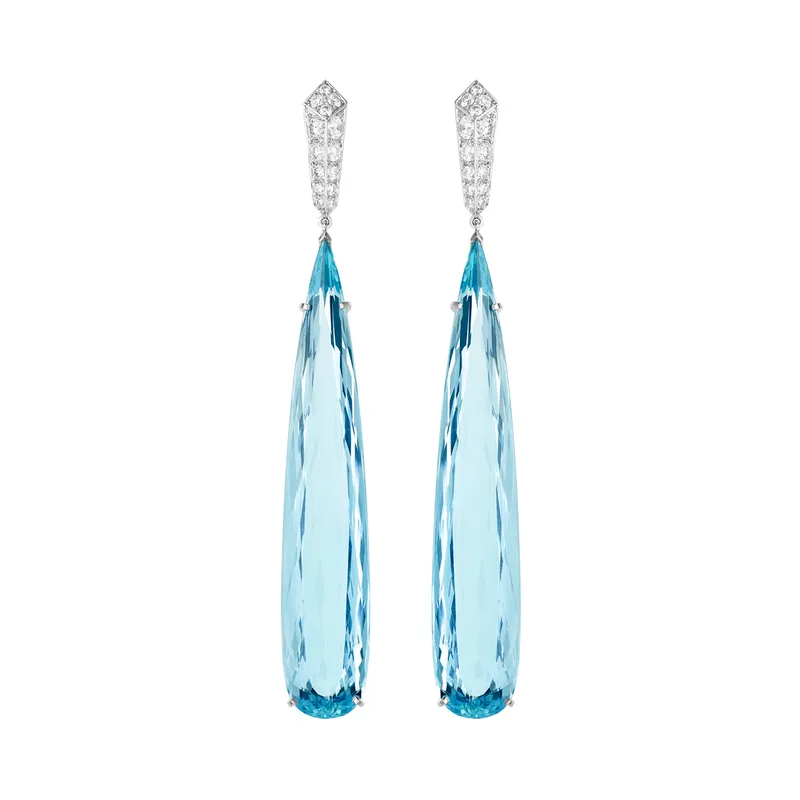
Boucheron
Boucheron
Boucheron Jewelry
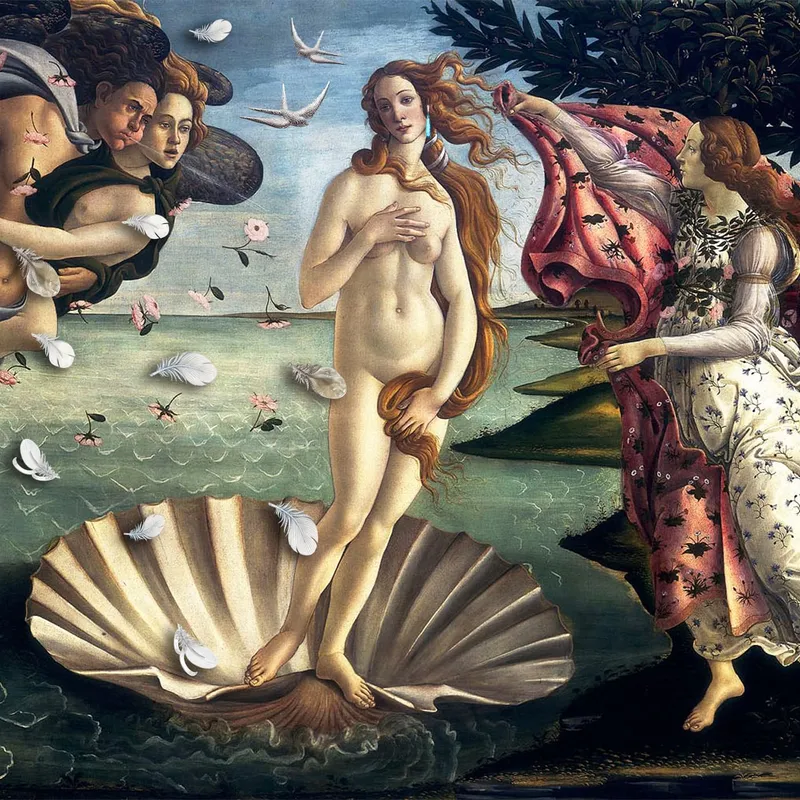
Boucheron
Boucheron
Sandro Botticelli, Birth of Venus
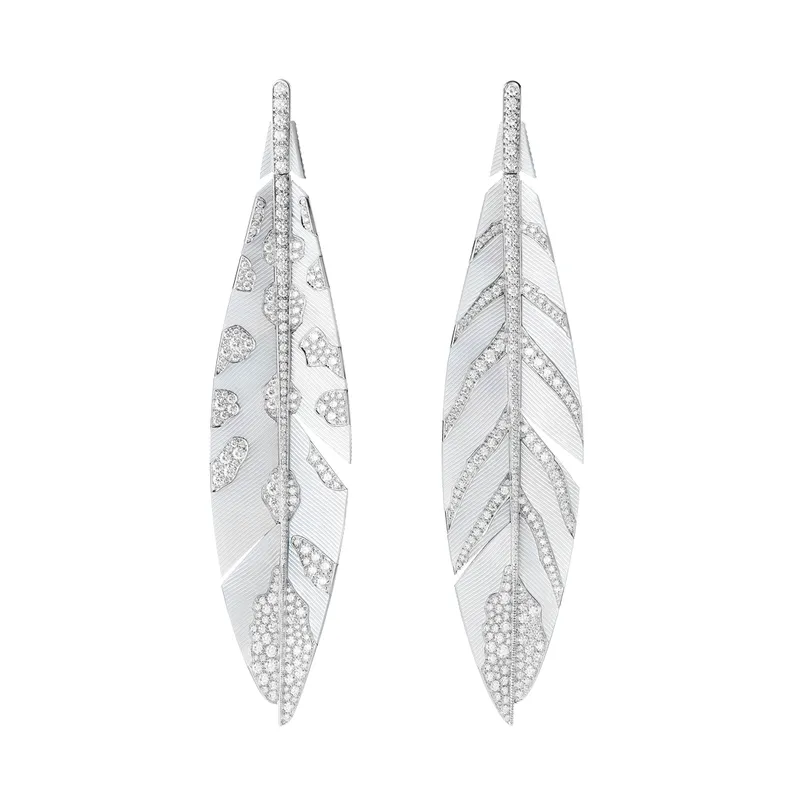
Boucheron
Boucheron
Boucheron Jewelry
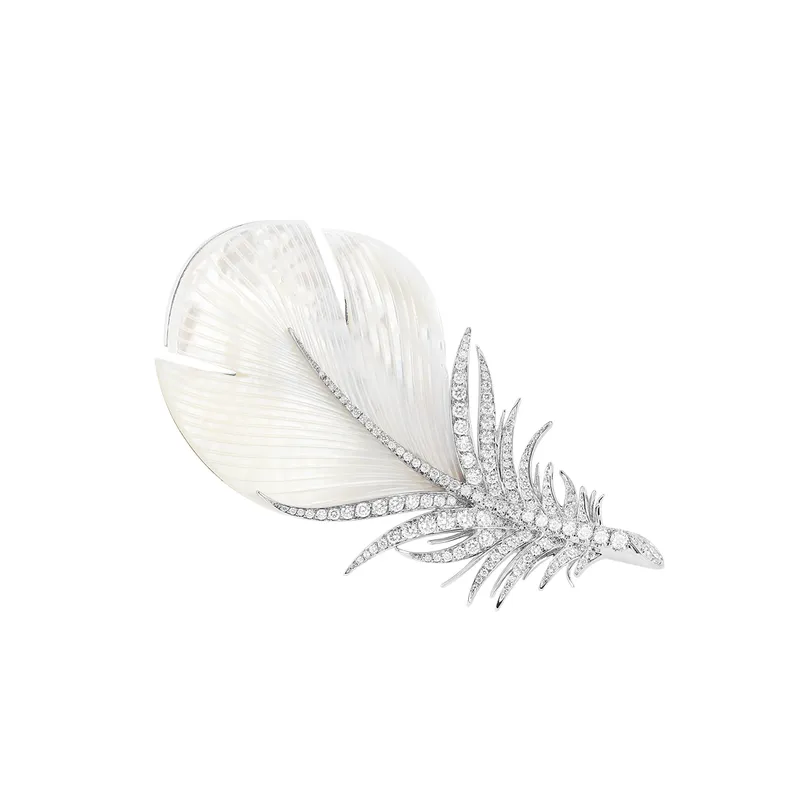
Boucheron
Boucheron
Boucheron Jewelry
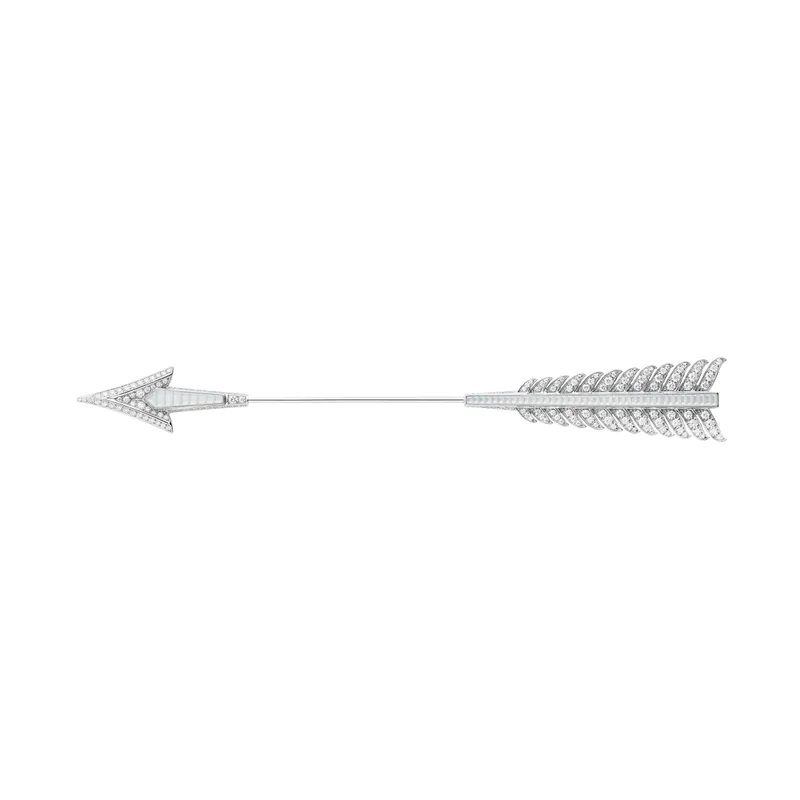
Boucheron
Boucheron
Boucheron Jewelry

Sandro Botticelli, Birth of Venus // Boucheron
Happiness
Some were surprised by my take on happiness, which is soft, calm and serene rather than flamboyant and artistically elaborate. I searched for the former attributes in jewels (and found them in pieces by Adler Joailliers) to accompany Celia’s choice of ‘Death and Life’ by Gustav Kilmt. In just one glance, the artist suggests that humans are not threatened by death, but simply ignore it for their own peace, quiet joy and contentedness. It’s the blend of warm colours that radiate from the family of figures on the right of the painting that captures the sincerest definition of happiness: to be surrounded by love and comfort.
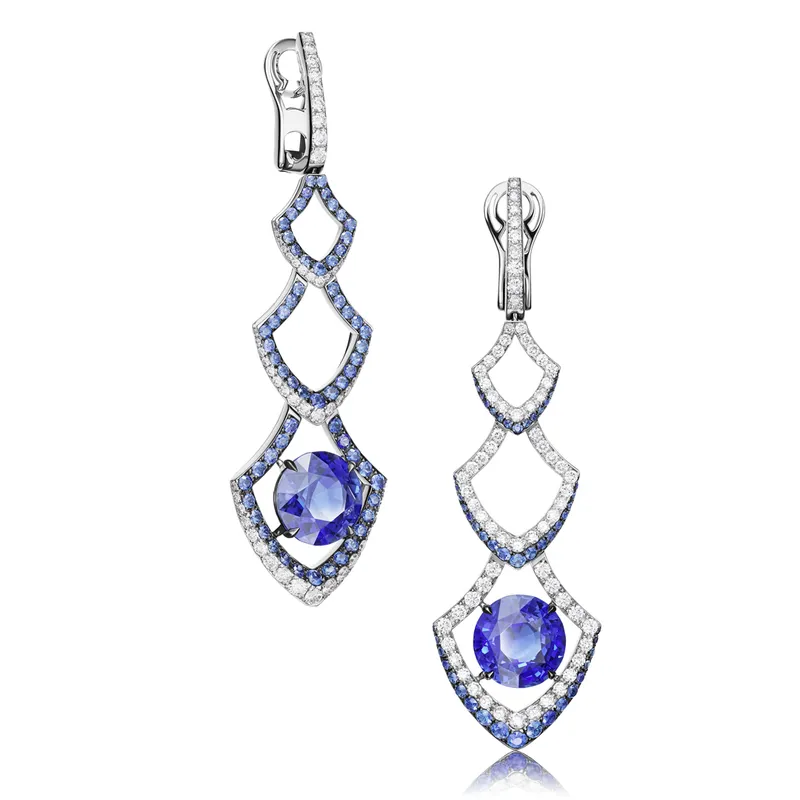
Adler Joailliers
Adler Joailliers
Adler Joailliers earrings
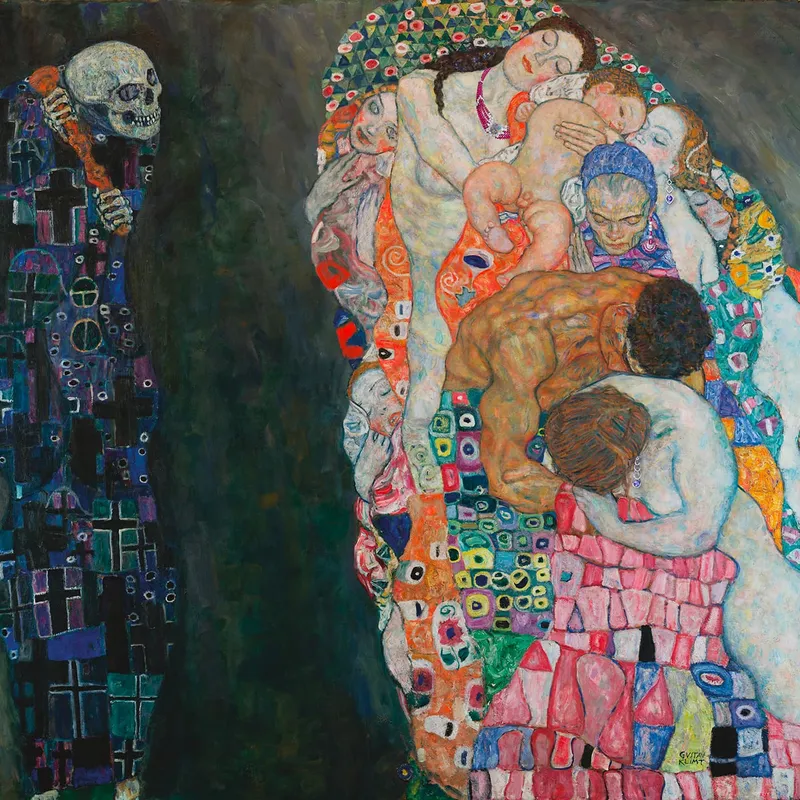
Adler Joailliers
Adler Joailliers
Gustav Kilmt, Death and Life
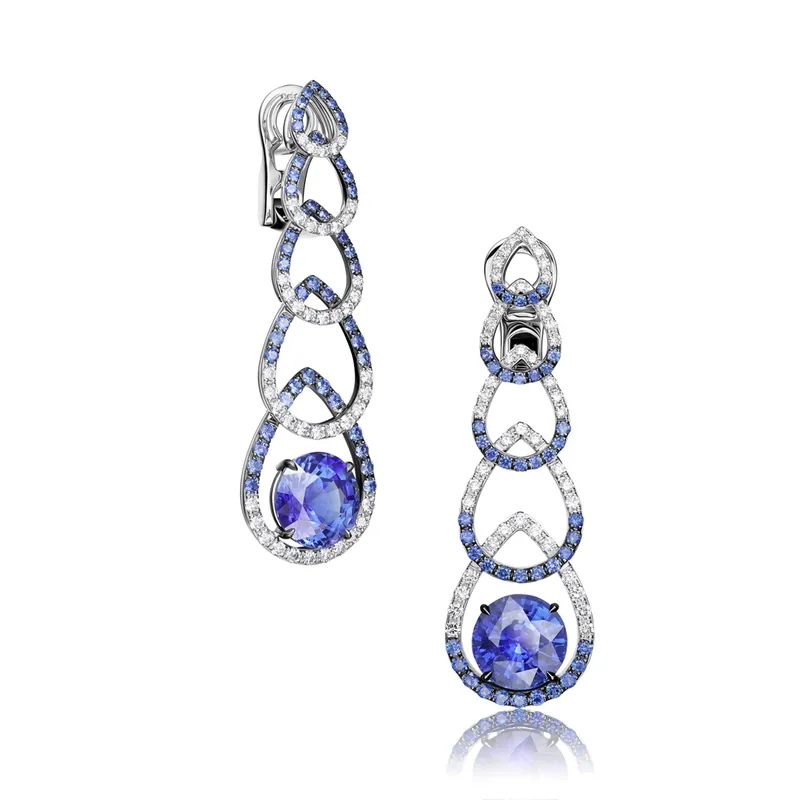
Adler Joailliers
Adler Joailliers
Adler Joailliers earrings
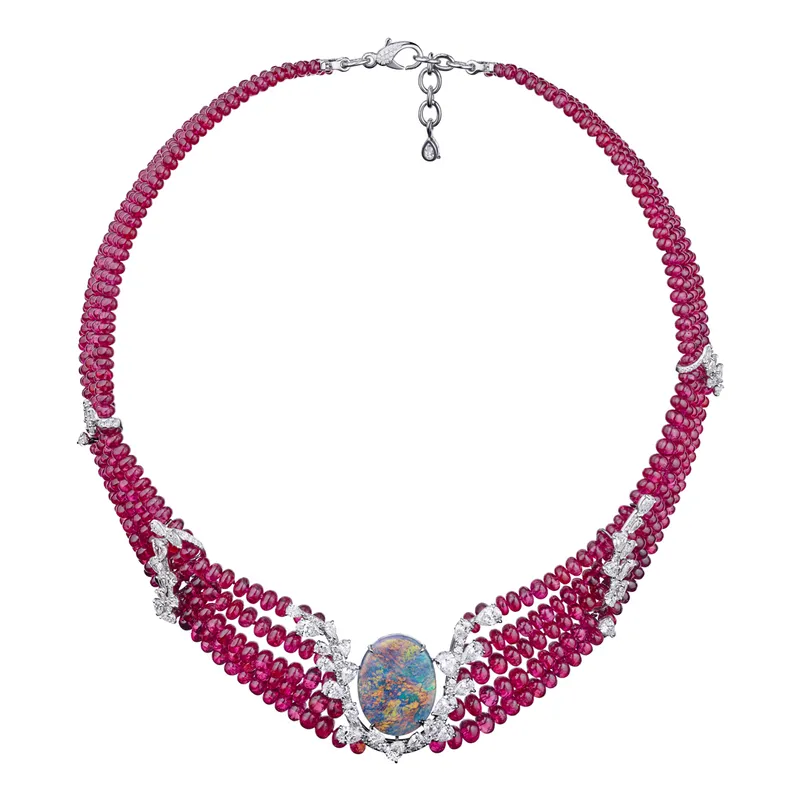
Adler Joailliers
Adler Joailliers
Adler Joailliers necklace
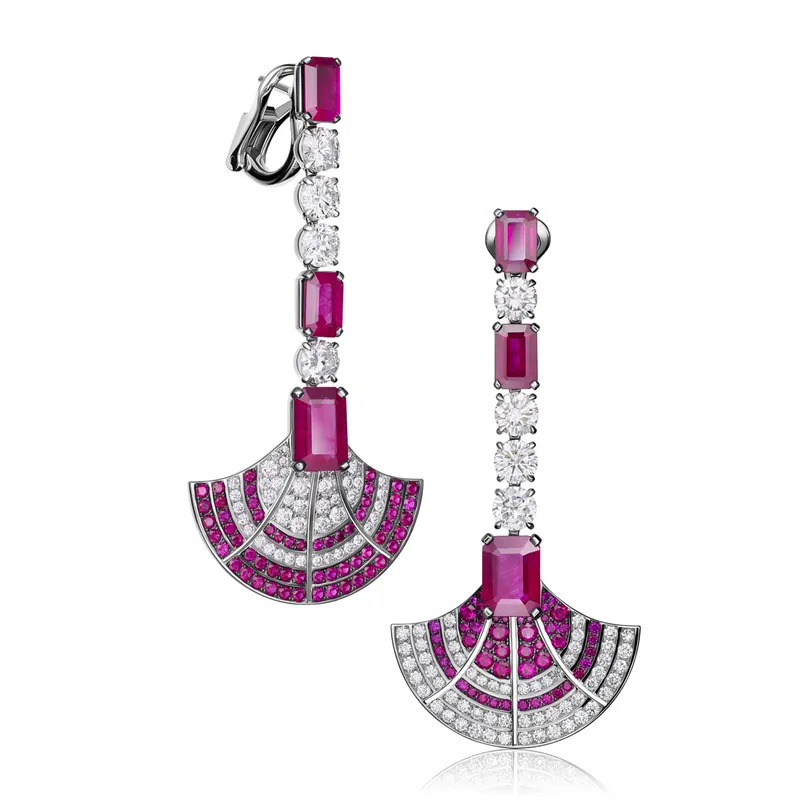
Adler Joailliers
Adler Joailliers
Adler Joailliers earrings

Gustav Kilmt, Death and Life // Adler Joailliers
Surprise
According to Greek mythology, Jupiter was unfaithful to his wife, the goddess Juno, with the mortal woman Alcmene, who bore him a son, Heracles. While Juno slept, he laid the child against her breast so that Heracles would drink the milk of immortality. The baby began suckling with surprising force, which awoke Juno, causing drops of milk to stream across the sky, where they turned into stars. This is how, in the 1st century BC, Gaius Julius Hyginus, librarian to the Emperor Augustus, explained the origin of the Milky Way. Jacopo Tintoretto’s painting, ‘The Origin of the Milky Way’, was crafted in 1575 to tell this fantastical story, but also articulate the power of surprise, which can be both good and bad in equal measure. To tell this story of stars emerging from a startled goddess I chose a selection of rings by Chaumet, including the Perspectives de Chaumet Lux high jewellery ring in white gold with an 6.33 ‘angel skin’ coral cabochon, surrounded by orbiting rings of aquamarines, orange topazes, diamonds and turquoise.
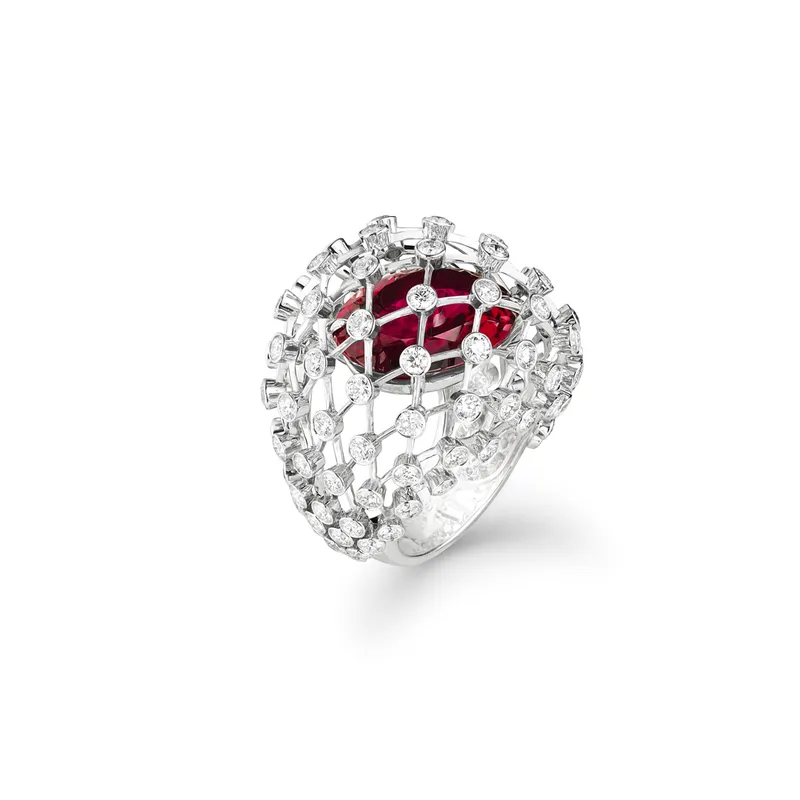
Chaumet
Chaumet
Chaumet Jewelry
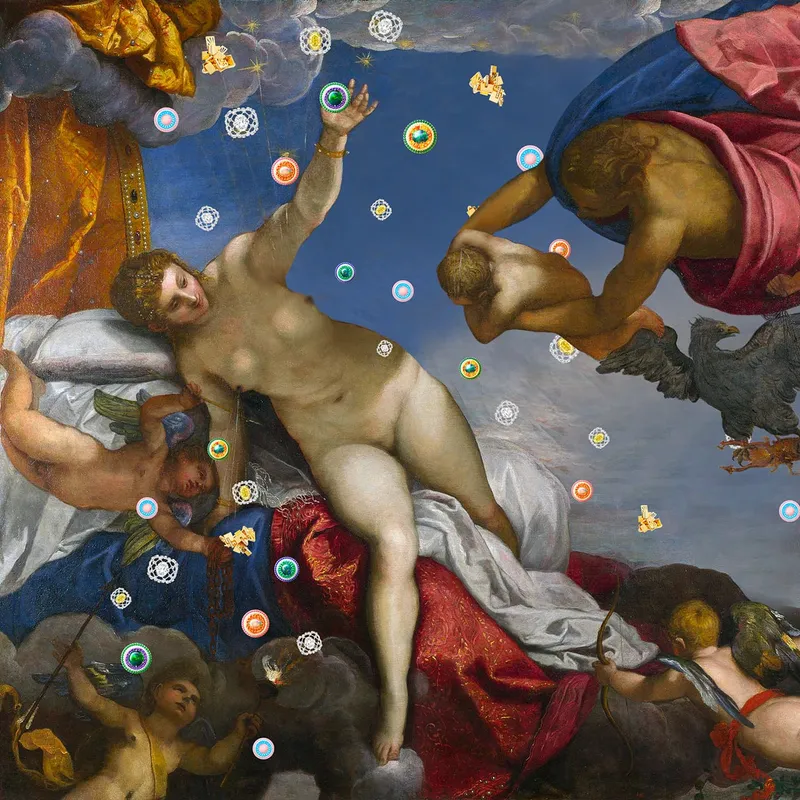
Chaumet
Chaumet
Jacopo Tintoretto, The Origin of the Milky Way – Chaumet
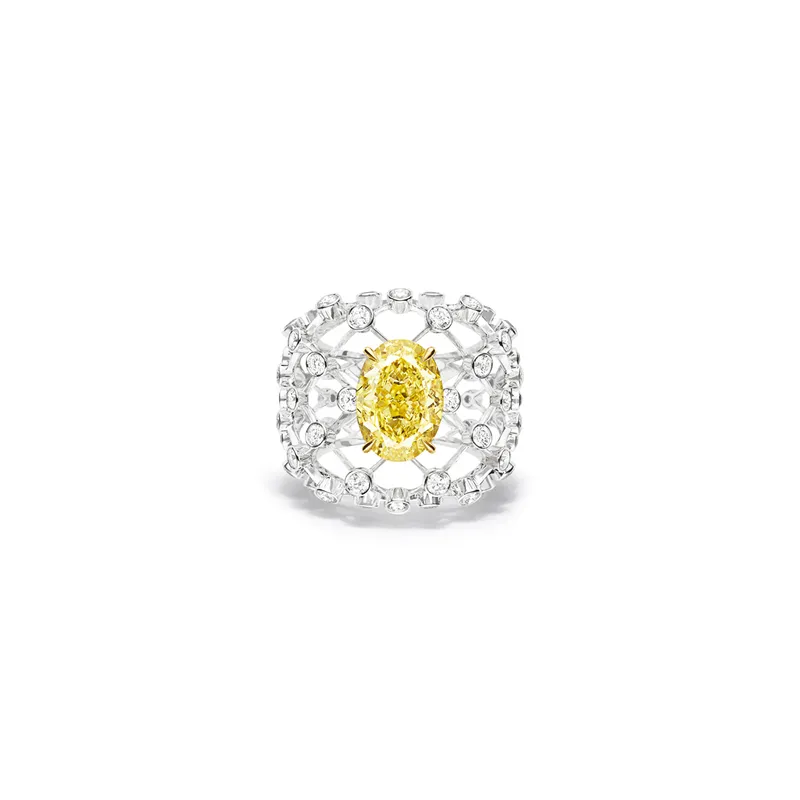
Chaumet
Chaumet
Chaumet Jewelry
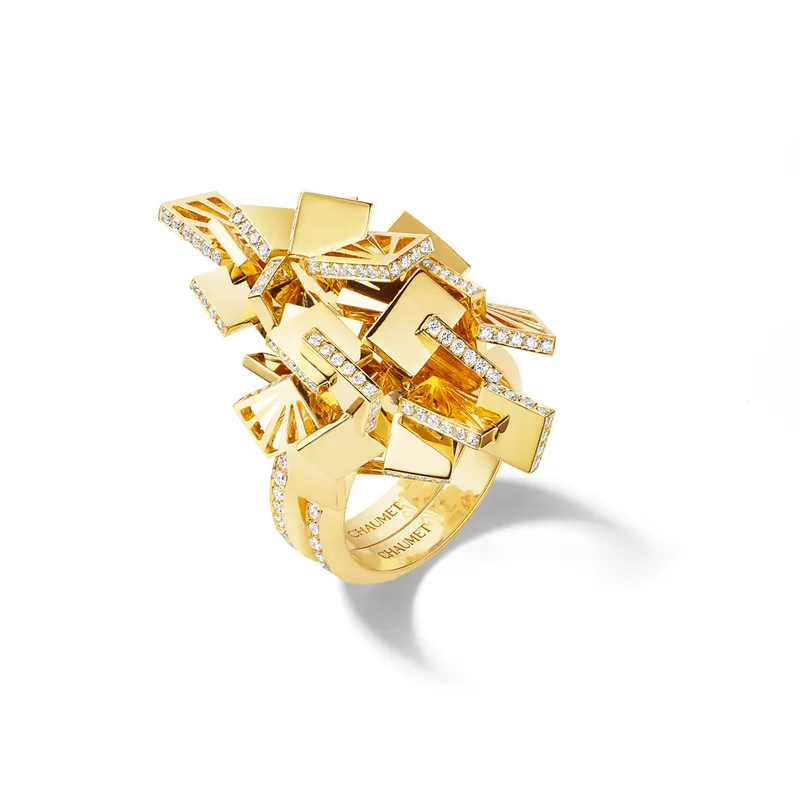
Chaumet
Chaumet
Chaumet Jewelry
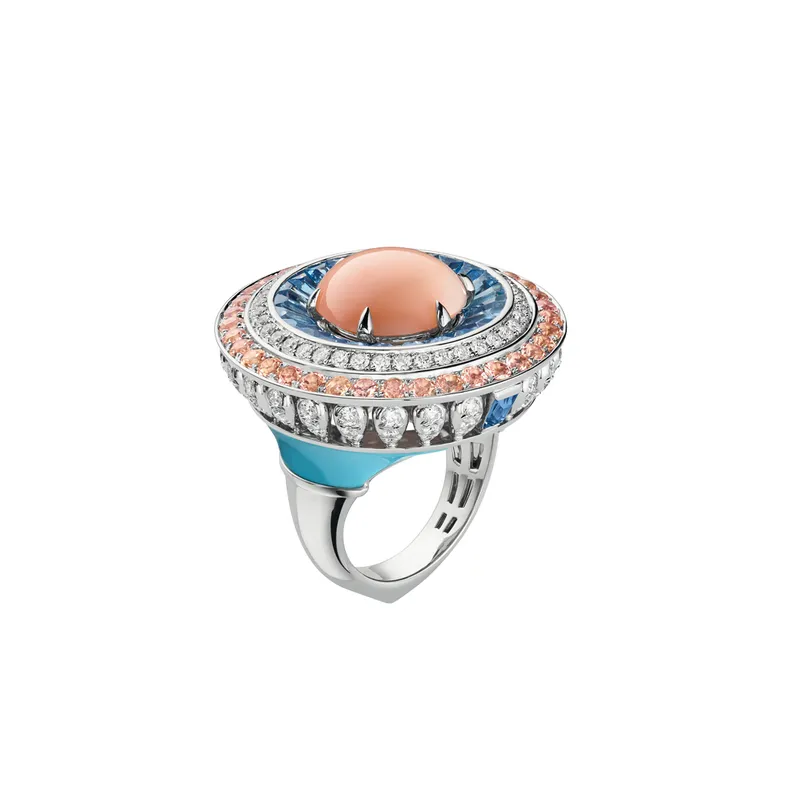
Chaumet
Chaumet
Chaumet Jewelry

Jacopo Tintoretto, The Origin of the Milky Way // Chaumet
Excitement
How does an artist capture the feeling of excitement? With forbidden pleasures, of course! In Dosso Dossi’s ‘Witchcraft’ (also called ‘Allegory of Hercules’) we discover many symbols of excitement. Most obviously, the woman’s breast above the fruit platter, but others too. Did you know that the mask and the drum, used in ancient theatre as well as carnivals, evoke the world of dance, mystification and fantasies? Even the cheese in the foreground was considered an aphrodisiac. This hedonistic excitement required some spellbinding jewellery pieces by Bulgari, which have just the right amount of fantasy to hold their own against Dossi’s sumptuous, colourful, velvet-enriched world.
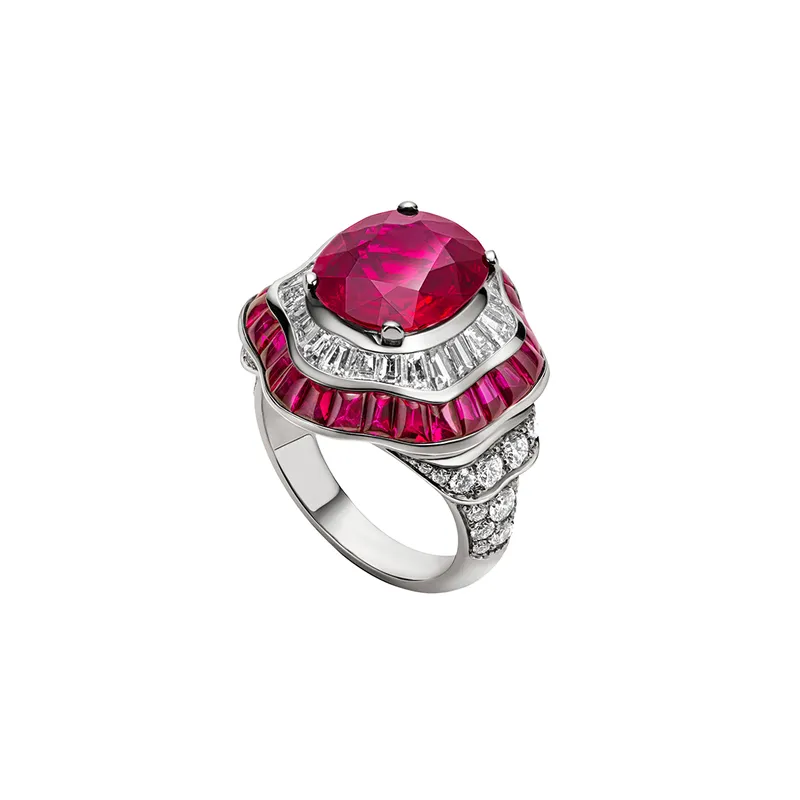
Bulgari
Bulgari
Bulgari Jewelry
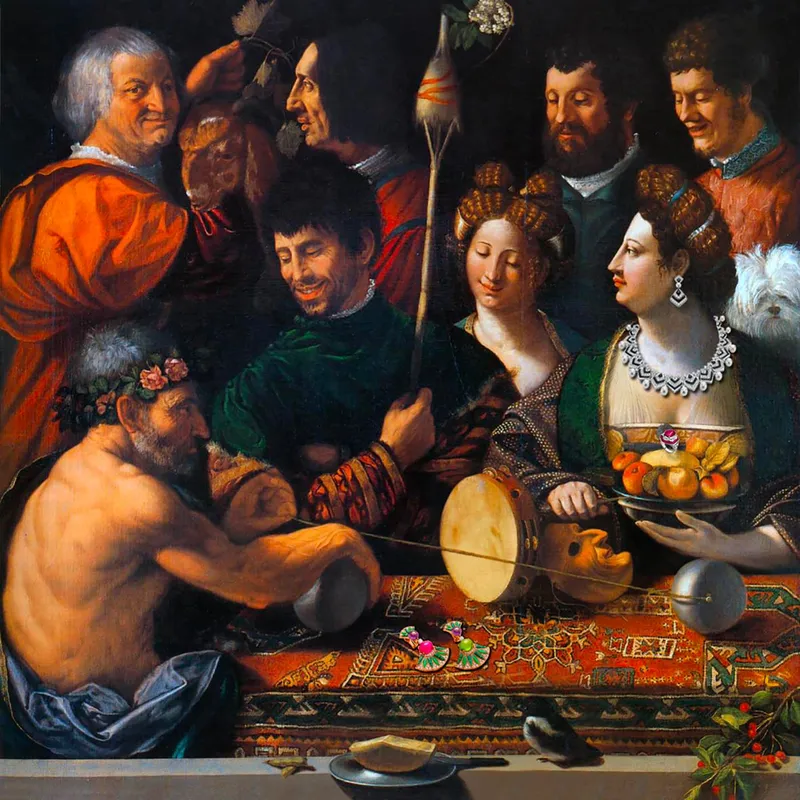
Bulgari
Bulgari
Dosso Dossi, Witchcraft (Allegory of Hercules) – Bulgari

Bulgari
Bulgari
Bulgari Jewelry
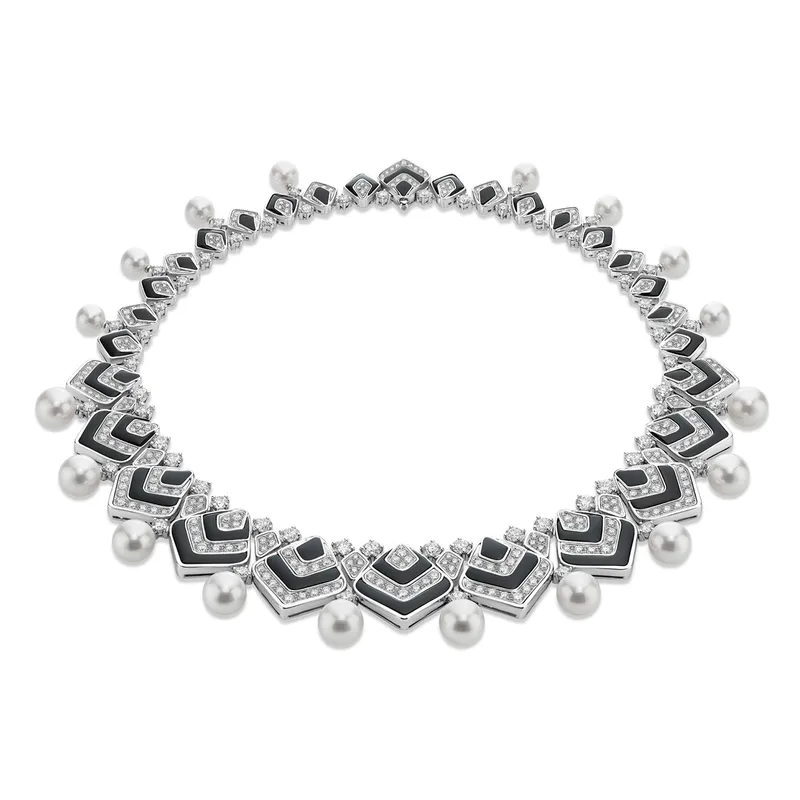
Bulgari
Bulgari
Bulgari Jewelry
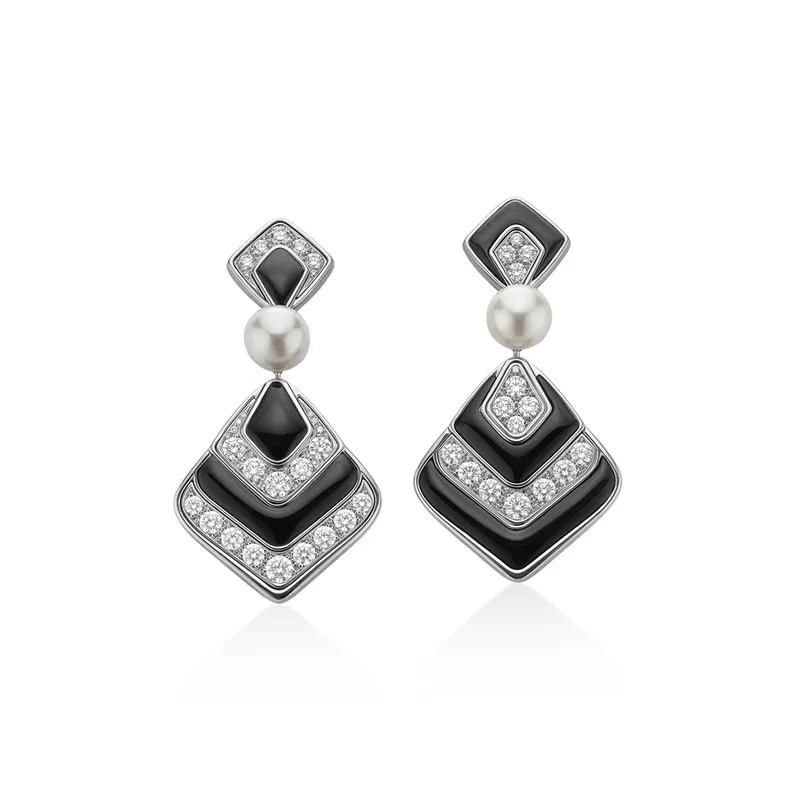
Bulgari
Bulgari
Bulgari Jewelry

Dosso Dossi, Witchcraft (Allegory of Hercules) // Bulgari
Serenity
Celia and I chose to unite jewellery by Italian house Buccellati with a historic mural painting by an unknown artist on the ancient tomb-chapel of Nebamun (c. 1350 BCE) in Egypt. The mural is a nature-rich representation of the Egyptian god Nun, represented through the oceans and linked to the Nile river. The birds flying away from the scene reflect the Ancient Egyptian belief in an ‘ascent to the sky’ after death. Indeed, men like Nebamun would have strongly believed that, after death, they would follow Nun along the Nile and into the light beyond.
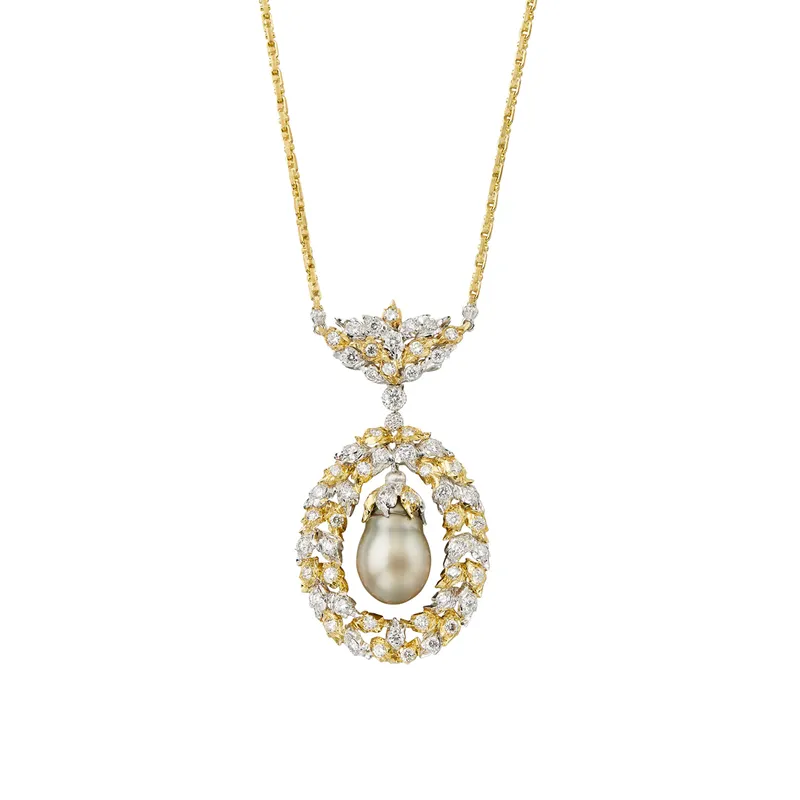
Buccellati
Buccellati
Buccellati Jewelry
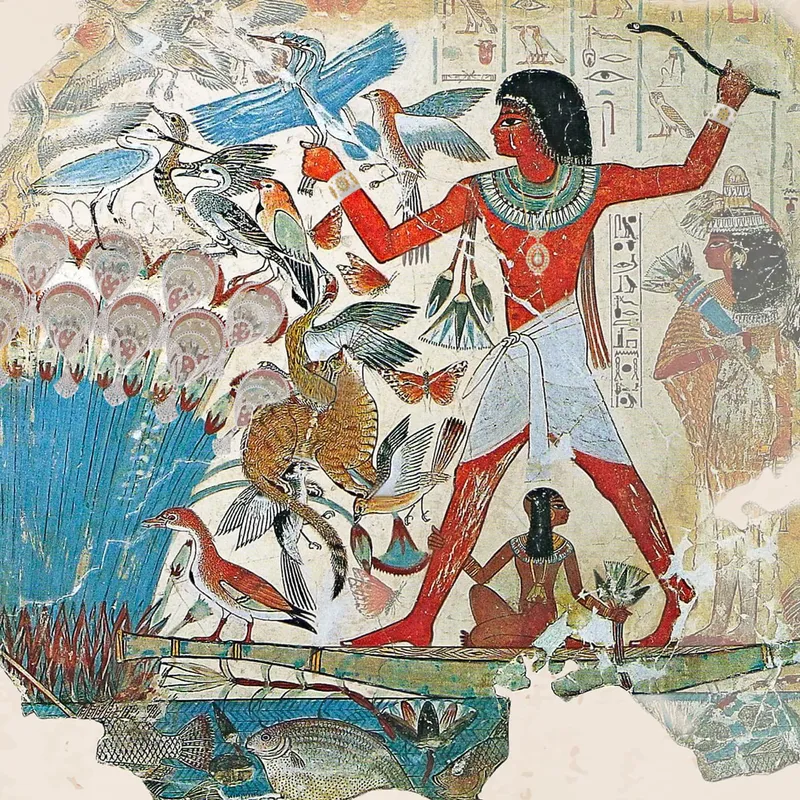
Buccellati
Buccellati
Paintings from the Tomb-chapel of Nebamun – Buccellati
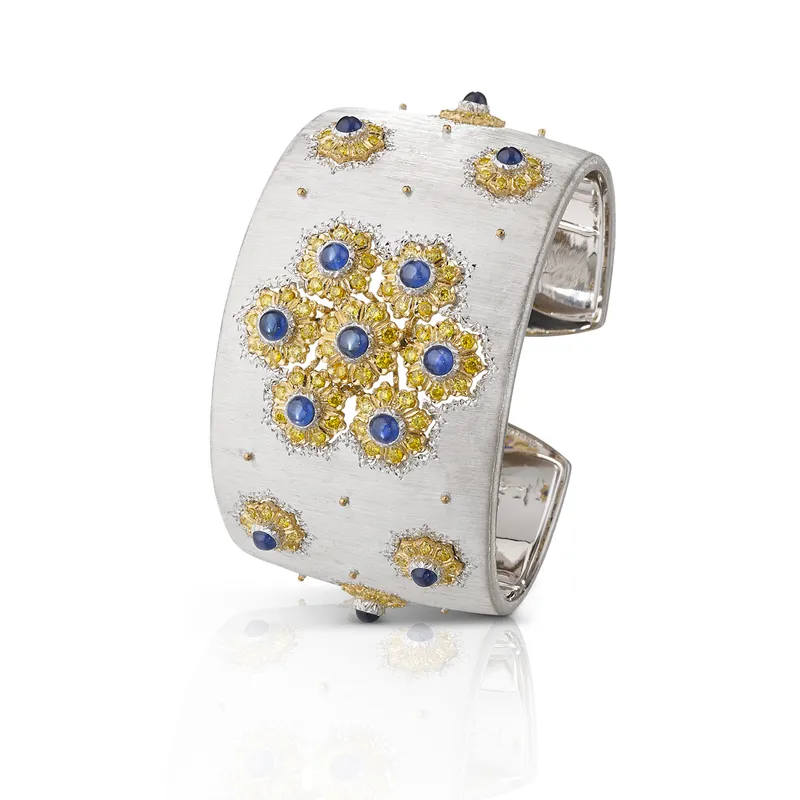
Buccellati
Buccellati
Buccellati Jewelry
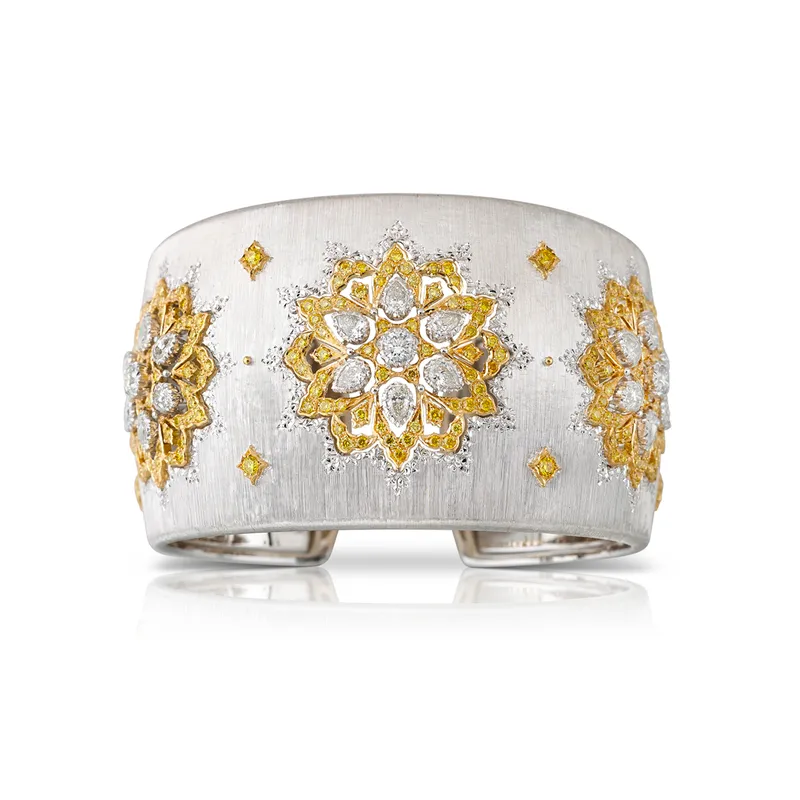
Buccellati
Buccellati
Buccellati Jewelry

Buccellati
Buccellati
Buccellati Jewelry

Paintings from the Tomb-chapel of Nebamun // Buccellati
Playfulness
Both Pietro Longhi (1701-1785) and Francesco Guardi (1712-1793) painted ‘Il Ridotto’ – a wing of Venice’s Palazzo Dandolo, which was converted into a government-owned gambling house in 1683. By ‘sneaking’ the characters of Longhi’s painting into Guardi’s, we have the perfect representation of the symbols associated with carnival: the art of disguise, assuming the identity of another and escaping the codes of etiquette to become a more playful version of ourselves. In these paintings, we discover the pleasure of being free of convention and restraint… perhaps the ultimate and most daring form of playfulness. To complement this decadence, I could think of no better choice that the beautiful and colourful jewels of Italian brand, Pomellato, worn to excess by our historic party attendees.
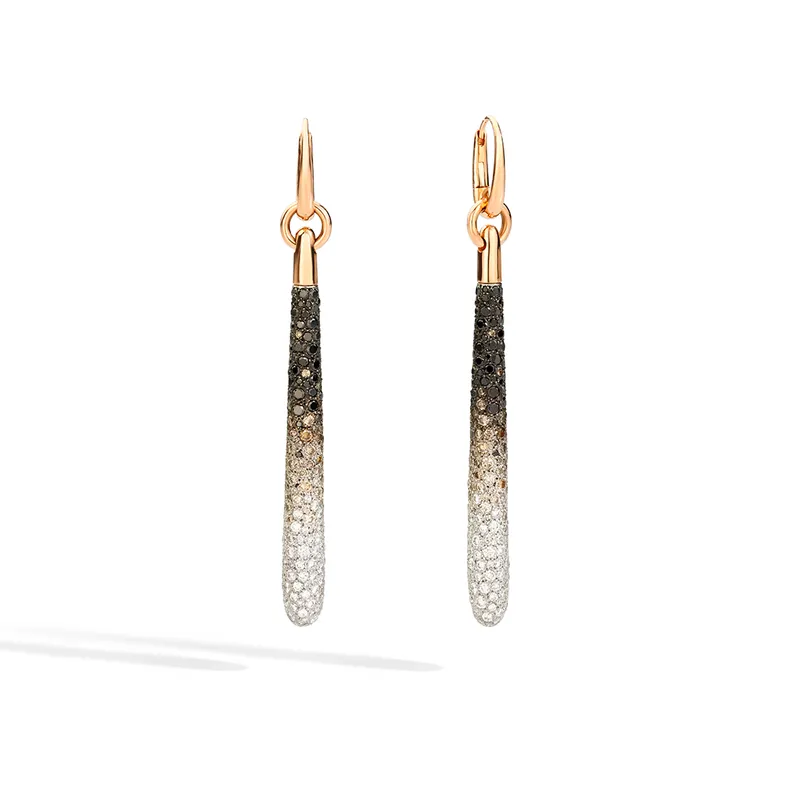
Pomellato
Pomellato
Pomellato Jewelry
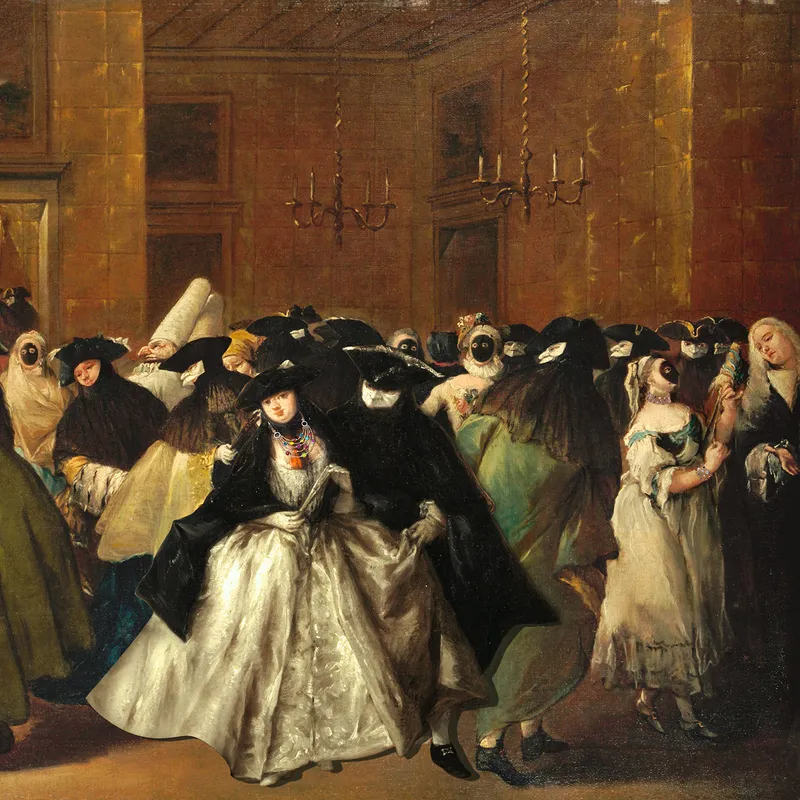
Pomellato
Pomellato
Pietro Longhi and Francesco Guardi, Il Ridotto – Pomellato
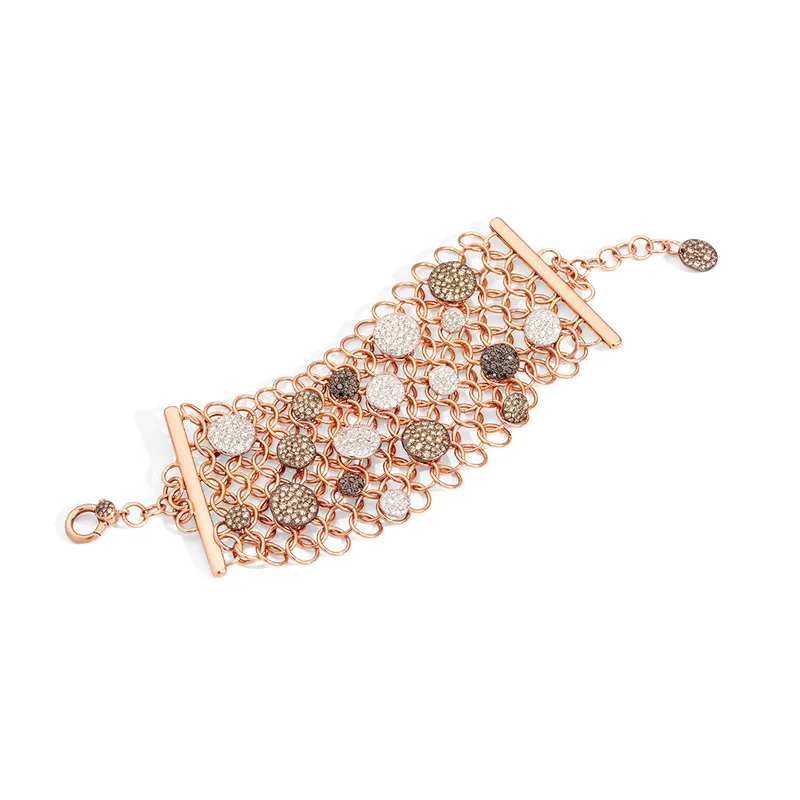
Pomellato
Pomellato
Pomellato Jewelry

Pomellato
Pomellato
Pomellato Jewelry
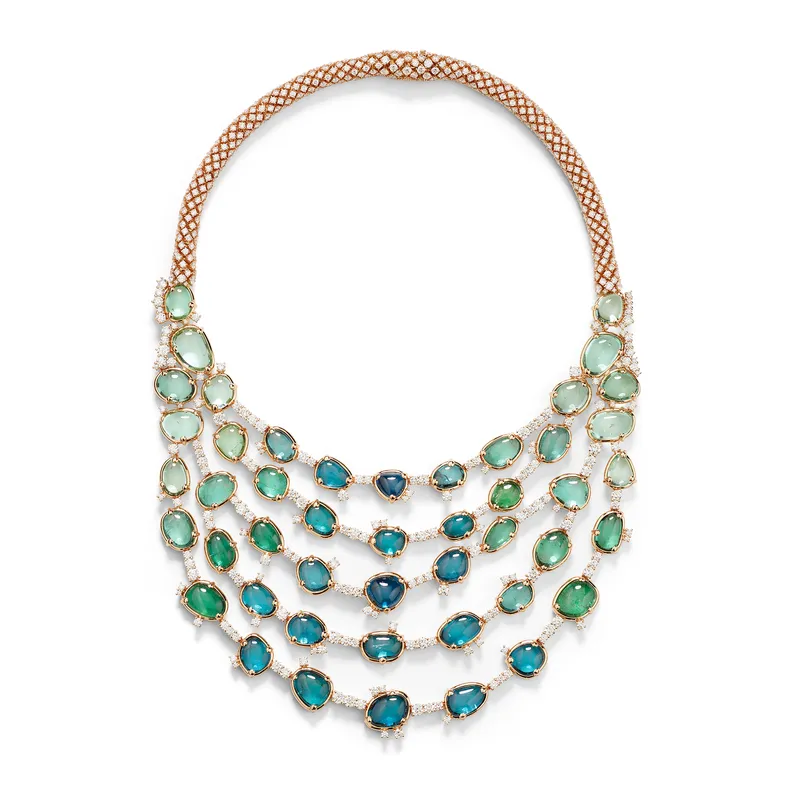
Pomellato
Pomellato
Pomellato Jewelry

Pietro Longhi and Francesco Guardi, Il Ridotto // Pomellato
Reimagining these historic artworks through a contemporary lens was such an interesting and inspiring project. It was certainly something different on the Katerina Perez Instagram profile for all my followers there! I hope this encourages a revitalised fine jewellery perspective and gives you inspiration to blend new media with traditional craftsmanship to great effect.

WORDS
Katerina Perez is a jewellery insider, journalist and brand consultant with more than 15 years’ experience in the jewellery sector. Paris-based, Katerina has worked as a freelance journalist and content editor since 2011, writing articles for international publications. To share her jewellery knowledge and expertise, Katerina founded this website and launched her @katerina_perez Instagram in 2013.

